Ethics and Distance Therapy – TERRY CASEY (Digital Seminar)
$149.00 $45.00
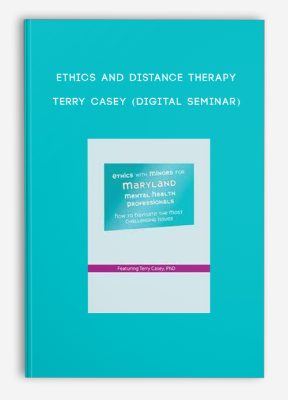
Ethics and Distance Therapy – TERRY CASEY (Digital Seminar)
Sale Page
Archive Page
Get Ethics and Distance Therapy – TERRY CASEY (Digital Seminar) on Salaedu.com
Description:
This three-hour training will equip you with essential knowledge, tools, and resources that you need for the ethical and legal provision of distance therapy services and, additionally, will provide an effective method for navigating any type of professional problem or dilemma.
Watch Terry Casey, PhD, ethics expert, and learn what he has identified during his years of experience as the important Six Keys to Distance Therapy as well as other need-to-know ethical, legal, and professional issues pertaining to distance therapy. Using an easy-to-use decision-making method, you will be guided through several distance therapy-related scenarios illustrating how to arrive at ethically and legally sound decisions.
In addition, this seminar provides numerous supplemental resources and links designed to aid you in finding the answers you need beyond the day of the seminar…sign up today!
Outline:
Navigating Ethical Issues
The Multiple Perspective Model©: An effective and easy-to-use method
Step #1 – Evaluate the problem from the five key perspectives
- Ethical issues – applicable code(s) of ethics
- Legal issues – federal laws, state laws & licensing rules
- Clinical-therapeutic issues
- Institutional policies
- Therapist’s variables & issues
Step #2 – Identify, search & review the appropriate code(s) of ethics
- Foundational principles
- Standards
- Glossary or list of definitions
Step #3 – Consultation
- Consult with colleagues who you know well
- Consult with professionals who can be fully objective
Step #4 – Decision and documentation – Show your work!
- Who, what, where & when
- Narrative descriptions
- A guide for how to make your decision
Navigating Distance Therapy: The Six Keys to Distance Therapy
Key #1 – Technology must meet HIPAA requirements
- What HIPAA compliance means
- Business associates & BAAs
- When FERPA applies rather than HIPAA
Key #2 – Interjurisdictional practice
- Authority limits of state licensing boards
- Therapy for a client/patient who is in another state
- When the provider is in a state other than the one in which she/he is licensed
Key #3 – Competence
- State-mandated training requirements
- Actual competence to practice
Key #4 – Informed Consent
- Setting up a distance therapy-specific process
- Topics & issues to include in the process
Key #5 – Institutional / private practice policies
- The purpose of policies
- Considerations for writing policies
Key #6 – Insurance related issues
- Clients’ health insurance policies
- Coverage for distance therapy
- Limitations of benefits
- Provider’s liability insurance: Possible limitations
Distance therapy-related vignettes
Strategies & Methods for Avoiding Ethical and Legal Problems
- Secure Internet access
- Importance of business associate agreement (BAA)
- Telehealth laws app
- Certification in distance therapy
- Establish a separate informed consent process
- A communication and social media policy
- And lots more…
FITNESS – HEALTH – MEDICAL Course
More information about Medical:
Medicine is the science and practice of establishing the diagnosis, prognosis, treatment, and prevention of disease.
Medicine encompasses a variety of health care practices evolved to maintain and restore health by the prevention and treatment of illness.
Contemporary medicine applies biomedical sciences, biomedical research, genetics, and medical technology to diagnose, treat, and prevent injury and disease,
typically through pharmaceuticals or surgery, but also through therapies as diverse as psychotherapy, external splints and traction, medical devices, biologics, and ionizing radiation, amongst others.
Medicine has been around for thousands of years, during most of which it was an art (an area of skill and knowledge) frequently having connections to the religious and philosophical beliefs of local culture.
For example, a medicine man would apply herbs and say prayers for healing, or an ancient philosopher and physician would apply bloodletting according to the theories of humorism.
In recent centuries, since the advent of modern science, most medicine has become a combination of art and science (both basic and applied, under the umbrella of medical science).
While stitching technique for sutures is an art learned through practice.
The knowledge of what happens at the cellular and molecular level in the tissues being stitched arises through science.
More Course: FITNESS – HEALTH – MEDICAL
Outstanding Course:Mastering Migraine Program Self Paced Learning by Dr. Adam Harcourt
1 review for Ethics and Distance Therapy – TERRY CASEY (Digital Seminar)
Add a review Cancel reply
Related products
HEALTH - FITNESS - LIFESTYLE - MEDICAL
Somatic Interventions for Treating Complex Trauma with Janina Fisher, Ph.D. from Janina Fisher
HEALTH - FITNESS - LIFESTYLE - MEDICAL
Fast Confidence [How To Be More Confident │Confidence Building] from Sharon Melnick, Ph.D.
HEALTH - FITNESS - LIFESTYLE - MEDICAL
Fitness Mentors – Audio Lectures, Practice Tests and Study Guide for the NASM CPT Ex
HEALTH - FITNESS - LIFESTYLE - MEDICAL
HEALTH - FITNESS - LIFESTYLE - MEDICAL
HEALTH - FITNESS - LIFESTYLE - MEDICAL
HEALTH - FITNESS - LIFESTYLE - MEDICAL
HEALTH - FITNESS - LIFESTYLE - MEDICAL

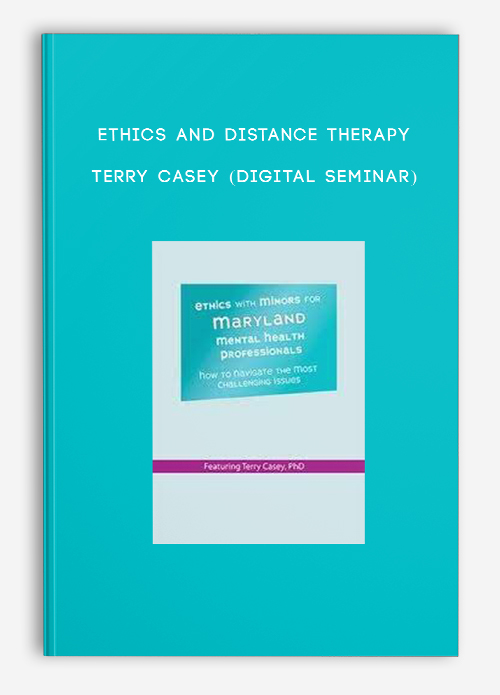
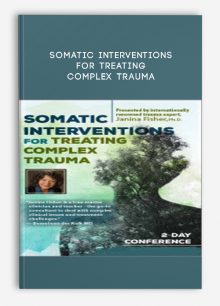
![Fast Confidence [How To Be More Confident │Confidence Building] from Sharon Melnick, Ph.D.](https://tradersoffer.forex/wp-content/uploads/2017/05/Sharon-Melnick-Ph.D.-Fast-Confidence-How-To-Be-More-Confident-│Confidence-Building-220x261.png)
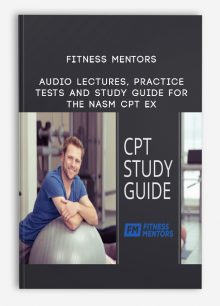

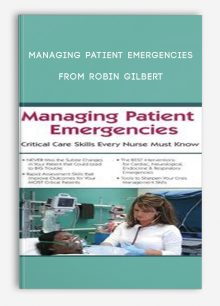
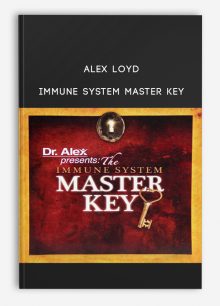


king –
We encourage you to check Content Proof carefully before paying.
“Excepted” these contents: “Online coaching, Software, Facebook group, Skype and Email support from Author.”
If you have enough money and feel good. We encourage you to buy this product from the original Author to get full other “Excepted” contents from them.
Thank you!